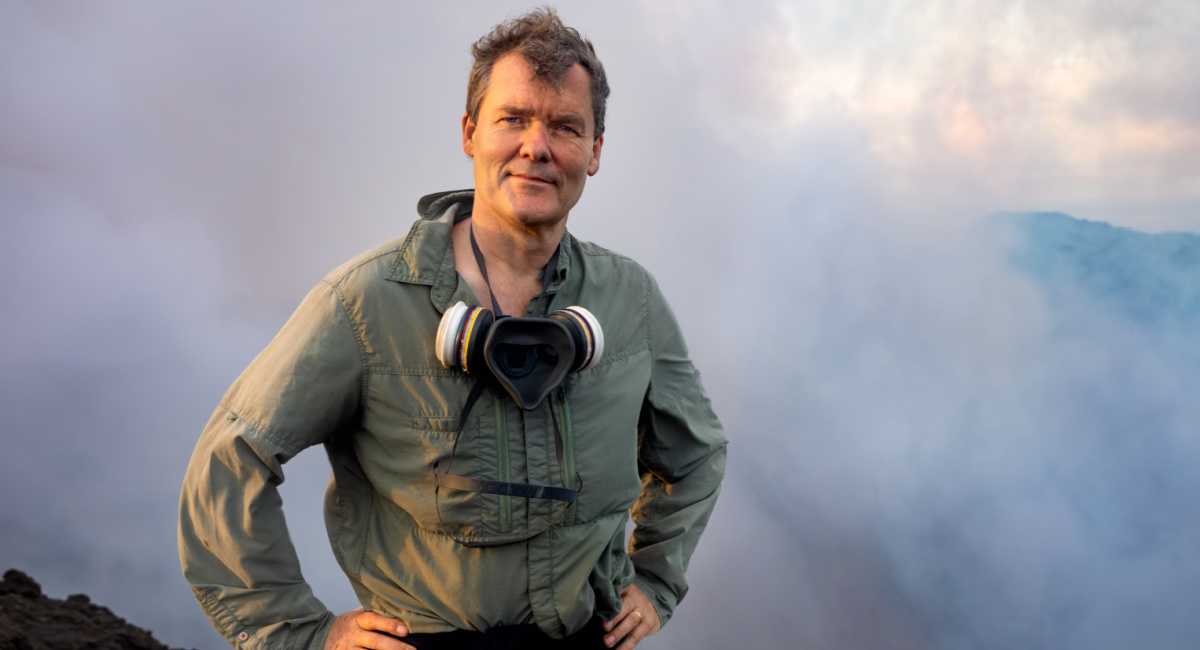‘Our Planet II’ producer Huw Cordey.
Premiering on Netflix starting June 14th is the second season of the favored nature documentary sequence ‘Our Planet,’ entitled ‘Our Planet II,’ which is narrated by Sir David Attenborough.
What was ‘Our Planet’ about?
The documentary sequence addresses problems with conservation whereas that includes these determined animals of their respective house areas, and has been famous for its larger deal with people’ impression on the surroundings than conventional nature documentaries, centering round how local weather change impacts all residing creatures.
What is ‘Our Planet II’ about?
‘Our Planet II,’ narrated by the legendary Sir David Attenborough, unravels the mysteries of how and why animals migrate to disclose a few of the most dramatic and compelling tales within the pure world.
ECinema News just lately had the pleasure of talking with producer Huw Cordey about ‘Our Planet II,’ what followers can count on, how the sequence is made, what they needed to movie however couldn’t, the gravitas of narrator Sir David Attenborough’s voice, and the sequence’ environmental message.
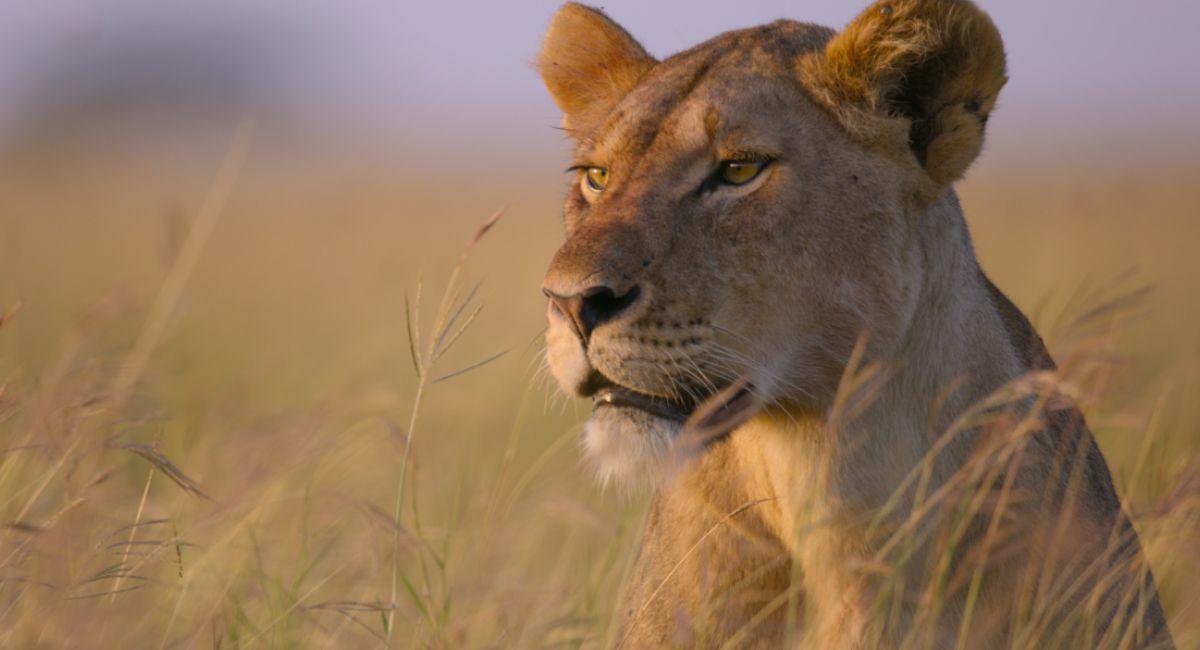
‘Our Planet II’ premieres June 14th on Netflix.
ECinema News: To start with, what can followers of the sequence count on with from ‘Our Planet II’?
Huw Cordey: Well, quality-wise, extra of the identical and higher is what I might say. ‘Our Planet,’ the unique sequence, it seemed wonderful with unbelievable tales of the pure world, and there are extra unbelievable tales of the pure world in ‘Our Planet II,’ however we have moved it on. ‘Our Planet’ was about habitats, and ‘Our Planet II’ takes a step again and appears at animals transferring between these habitats as a result of with out the motion of those animals, the integrity and the range of particular person habitats would plummet. So we have taken expertise on additional, using drone expertise, nighttime expertise, digicam traps. I feel for followers of the pure world, they need to be amazed by a few of the stuff that we have been in a position to movie for season two.
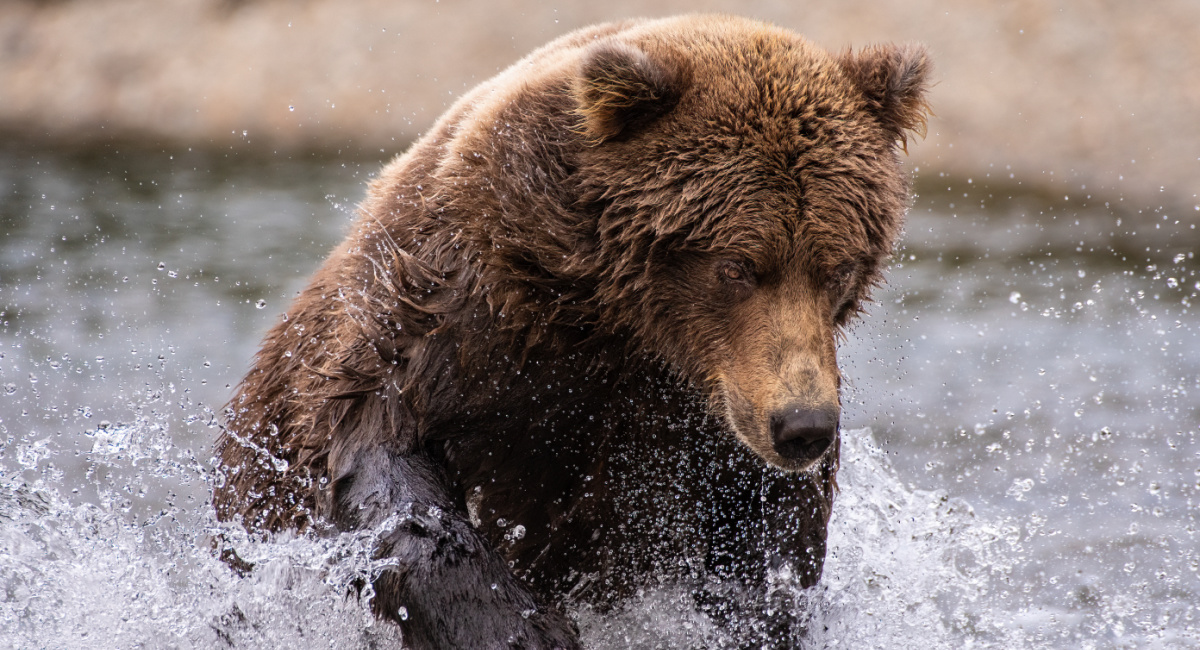
‘Our Planet II’ premieres June 14th on Netflix. Photo: Ken Baldwin/Netflix © 2023.
MF: Can you are taking us behind the scenes and clarify how a nature present like that is produced?
HC: Yes, it is a lengthy time within the making, as you would possibly count on. It’s form of three and a half years from begin to end, not a lot underneath 4, we must always say. The starting, you may have about 5 or 6 months of analysis figuring out what the narrative arc of the sequence is, what sequences you need to embrace. You’re searching for consultant sequences for example sure factors, however you have to be aware of the truth that they have to be contemporary tales. Some tales are simply good on paper, however logistically inconceivable or the truth of filming them would not do justice to the story. So it’s important to have plenty of expertise to know the place there is a story that appears good on paper is definitely going to translate onto the massive display. So there’s about 5 or 6 months of that. Then we had simply over two and a half years of filming, and also you want that sort of time interval as a result of issues do not all the time work within the pure world. Animals don’t learn scripts. There are climate points and every kind of different points from human challenges, like locations that immediately change into extraordinarily troublesome to movie in due to battle. We filmed in Ethiopia simply earlier than it turned nearly inconceivable. So we had been very fortunate there. We had been filming the Locust Hopper swarms there, and about three months later or 4 months later, it turned just about a no-go zone. So this stuff occurred, however you want time and cash to make a giant landmark sequence. If you have not obtained both of these two, it’s important to go for low hanging fruit, and folks have seen that earlier than. So one of many nice necessities to get to the place we obtained to is by having these components and having knowledgeable experience as a result of these are very sophisticated packages to make within the sense that there is plenty of establishing and plenty of logistics, so that you want specialists. So we’re very lucky to have an excellent pool of very skilled individuals. So two and a half years of filming, after which it takes about six to eight months to place the sequence to collectively in an enhancing room after which do all of the post-production. So there, it’s a protracted time within the making.
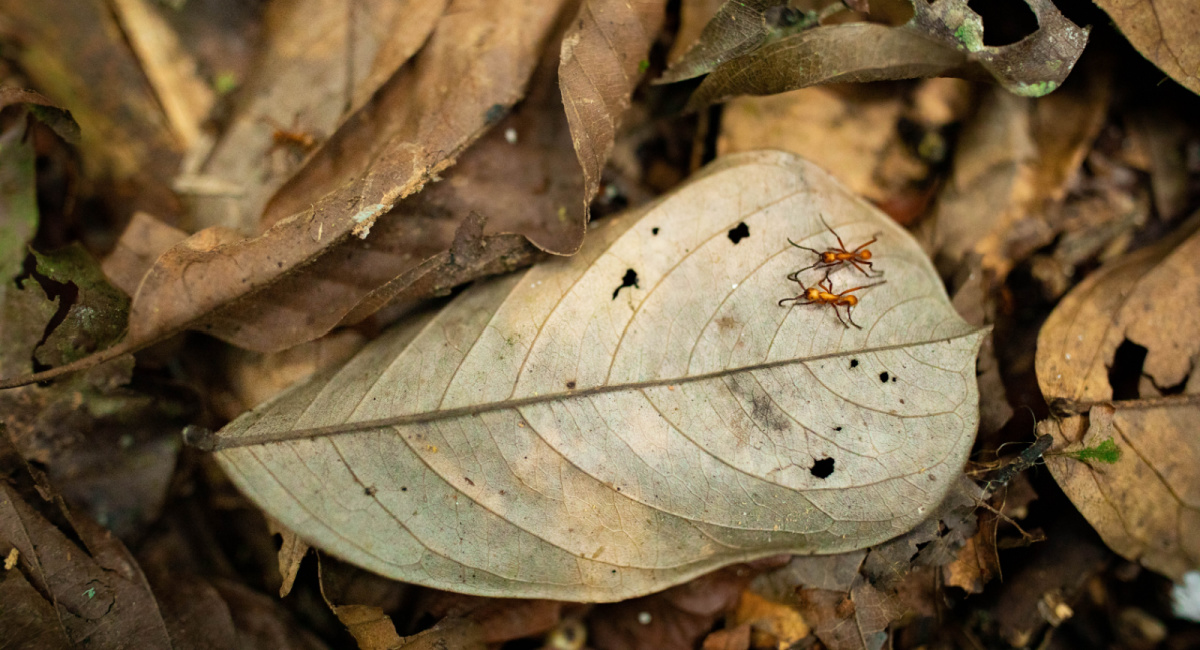
‘Our Planet II’ premieres June 14th on Netflix. Photo: Alex Wickens/Netflix © 2023.
MF: Do you may have an thought of what the narrative of the episodes will likely be earlier than you start shooting, or do you actually discover it within the enhancing room?
HC: That is actually true for various pure historical past sequence. It’s not truly true for this one as a result of we thought very arduous about, how can we inform the story about migration and animal motion? Animal motion is actually a response to seasonality, and seasonality is the results of our tilted planet. The planet tilts at 23 and a half levels, and so totally different elements of the planet get totally different quantities of solar at totally different times of the yr. As our planet journeys across the solar, which takes three hundred and sixty five days, you get totally different circumstances at totally different times of the yr. So proper from the phrase go, we thought, “Well, that is the story we need to inform.” We have 4 episodes. So every episode successfully represents three months of that journey across the solar. We had been additionally very eager to place cliffhangers between episodes and no one’s ever executed that in pure historical past earlier than. Normally all of them stand alone. If you concentrate on ‘Our Planet,’ the opening of season one is that you have eight packages and folks may just about watch them in any order. Also individuals watched sure packages, and possibly not others, as a result of they cherished jungles or the frozen they usually did not actually like mountains. But with this one we needed individuals to maintain watching, like a binge watcher, like a drama. So we put cliffhangers between them and it really works very well as a result of there is a very single timeline of earth’s journey across the solar. It’s a quite simple thought. You can put cliffhangers between every episode that may assist and we hope will make individuals watch on.
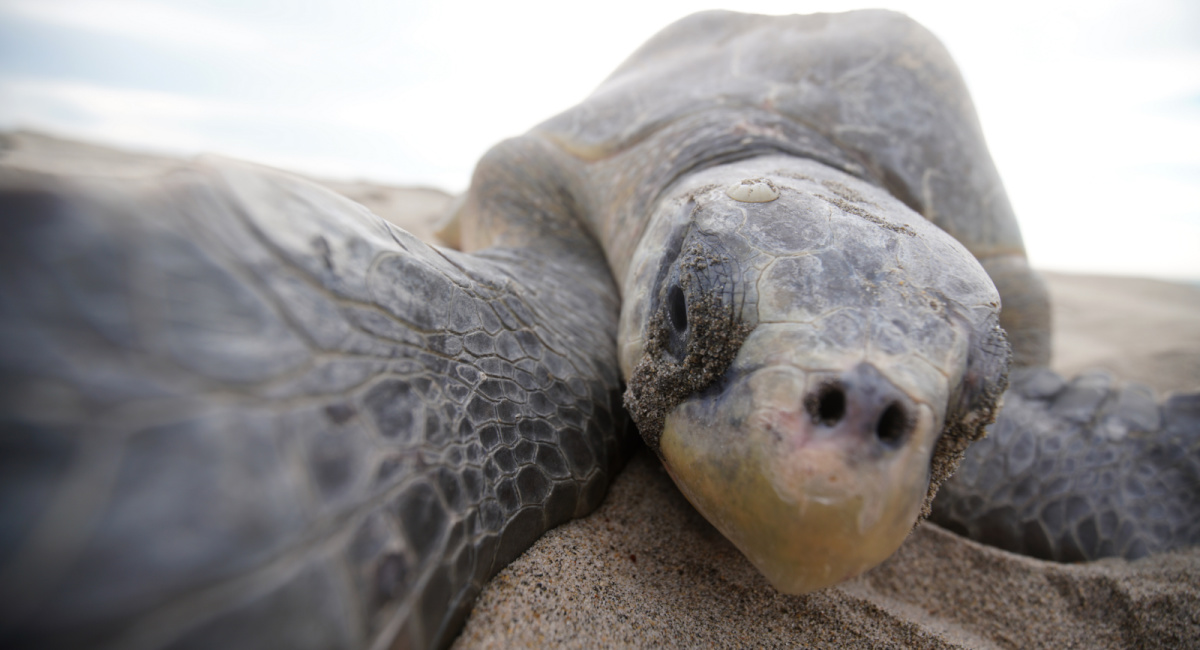
‘Our Planet II’ premieres June 14th on Netflix. Photo: Matthew Conor Robinson/Netflix © 2023.
Related Article: Chris Pratt and Bryce Dallas Howard Talk Sequel ‘Jurassic World Dominion’
MF: How has expertise modified the way in which you make a sequence like this?
HC: Definitely. Technology has all the time been a giant good friend to pure historical past. If you concentrate on it, animals are likely to do the identical factor over 10,000 years. So what we as nature filmmakers are attempting to do is present these unbelievable tales, and unbelievable conduct in new and contemporary methods. The means we are able to do that’s by expertise, as a result of it provides you a capability to shoot issues that typically was not attainable prior to now. So simply for example, in episode one, we’ve that story of the Ancient Mariners, these tiny little chicks, they arrive out of holes they usually run all the way down to the ocean, and all of it occurs in a short time. But that kind of story, which wasn’t attainable a decade in the past, or if it was, it might look as if it was shot by a sock as a result of the nighttime expertise simply wasn’t actually there. But now with nighttime cameras and post-production expertise, it lets you inform these tales and make them look wonderful. Another nice instance, drones. When we did season considered one of ‘Our Planet,’ drones had been round, however they had been fairly massive. They had fairly small battery lives, so we may use them possibly for simply establishing a scene, or for some surroundings, or for large pictures of animals. But now these drones, they are much quieter. They can keep within the air for an hour. So immediately we’re with the ability to reveal points of the pure world from the air in ways in which would by no means attainable earlier than. It provides you an entire contemporary perception. As anyone who’s been within the enterprise 30 years, I get excited by this. So hopefully the viewers will form of take a look at this and go, “How on earth did they get that shot? That should be CGI.” I do not know whether or not you noticed the locust swarms. People have watched that and go, “What a part of that is CGI?” It’s like, there isn’t any CGI on this entire sequence. It’s comprehensible however that’s completely actual. That swarm had 200 billion animals in it. It’s nearly unbelievable to even take into consideration that quantity. But we had been in a position to seize it as a result of we had drones, we had helicopters, and we had individuals on the bottom. When you discuss concerning the challenges of filming, that was significantly difficult as a result of it occurred in June of 2020 and everyone knows what was taking place in June of 2020. So we heard about this story and we had been determined to movie it as a result of it match extremely properly with the narrative. We already had it in our scripts and we could not get a crew, we could not put a crew on a flight. So we needed to discover native crew and we had been very fortunate. We discovered some glorious individuals they usually had been in a position to flip that story in and it is wonderful.
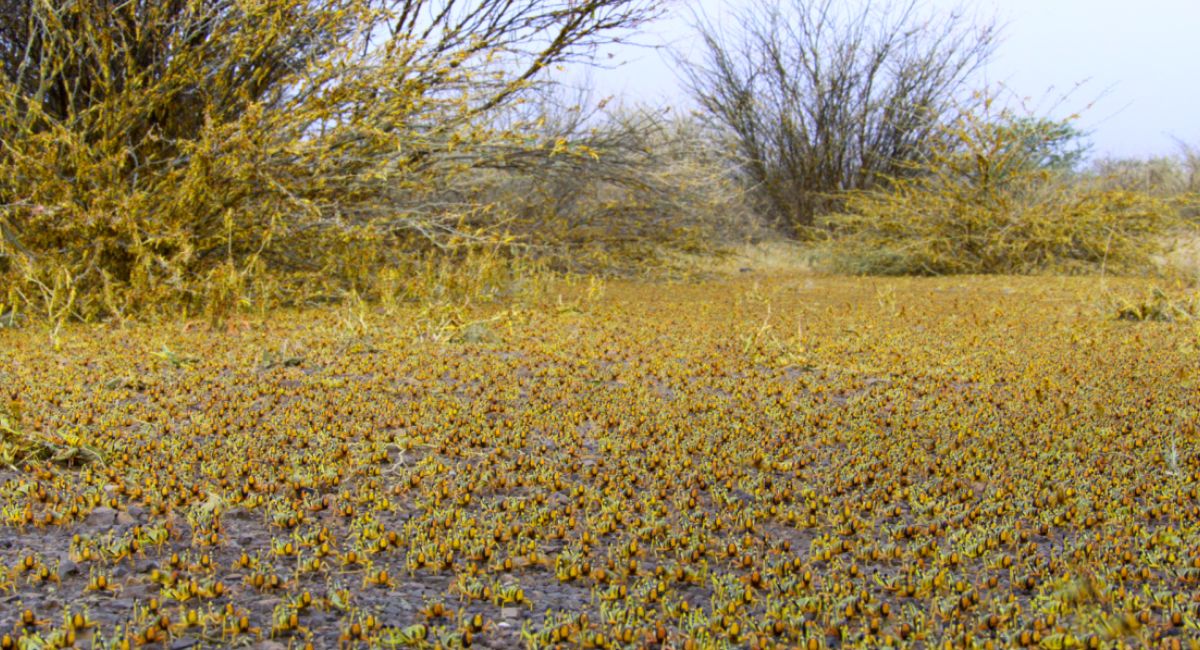
‘Our Planet II’ premieres June 14th on Netflix.
MF: Was there something you needed to seize for this sequence that you just couldn’t, or that you just did shoot after which realized that it simply didn’t work?
HC: Yes, there are all the time conditions like that. I’ve been very lucky to have labored on these massive sequence for a few years. At the top of each sequence you suppose, properly, there’s two or three sequences that you just went for that by no means labored out. I do not suppose I’ve ever been in a state of affairs earlier than the place nearly every thing labored out, however there was one exception. We needed to movie a narrative about flying fish. These fish transfer fairly a long way they usually scour the ocean searching for floating mats of vegetation. When they discover it, I do not know fairly understand how the phrase will get out, however immediately you get a whole lot and possibly 1000’s of fish they usually begin laying eggs on this vegetation, and the vegetation will get so heavy with these eggs, it begins to drop down into the deep. That was the story we needed to inform. But because it turned out, the numbers of flying fish had gone by some spectacular crash that no one appeared to understand. So after we had been on the market, somewhat than seeing the 1000’s that we might hoped, we noticed like tens. So sadly we weren’t in a position to uncover this till we had been there. We did not actually get a dramatic story. We obtained one thing, nevertheless it wasn’t adequate for the sequence. So that was one which hit the deck. But typically, we filmed what we would hoped for and in some instances, I’m more than happy to say higher than we hoped. But sure, the truth of it’s there are all the time issues that you’ve in thoughts that you just suppose can be marvelous. I’ll offer you one other ones come to thoughts. There’s this huge migration by Southern Africa, by Sudan, and it is referred to as the Kob migration, these antelope, and no one’s ever filmed it. I’ve had it on my thoughts for a minimum of two or three sequence I’ve labored on. I believed, “We should do the rattling Kob migration.” It’s by no means been proper for every kind of causes, logistics, massive wars and so forth and so forth. So we thought, “We’ll do it this time. We’ll actually give it our greatest shot.” Again, the logistics of it was so troublesome, attempting to get helicopters into this place. Then the form of political state of affairs as Sudan began breaking down. So we needed to abandon it once more. These issues occur and probably, subsequent time I’m engaged on a giant sequence that fancies the Kob migration, there will be one other drawback with it. But it is lucky there’s nonetheless stuff on the market, plenty of stuff on the market

‘Our Planet II’ premieres June 14th on Netflix.
MF: Can you speak about working with narrator Sir David Attenborough and the gravitas that he brings to a mission like this?
HC: Yes, huge gravitas, huge. There is no one higher to relate your script than David. The easy reality is that whenever you take heed to a voiceover in a movie, if that voice has obtained complete credibility, you already know are sucked in much more. So he has huge credibility to the viewers due to his spectacular information and long-running information of pure historical past and dealing within the pure world for therefore lengthy. But he is additionally an unbelievable storyteller. He did the narration for ‘Our Planet II,’ he was 96, he is simply turned 97. And at 96 years outdated, I’d be very lucky to have labored with him for 25 years doing narration. But I can truthfully say that his supply was no totally different this yr than it was in earlier years. He nonetheless has that very same gravitas. He nonetheless has been in a position to ship the emotion that you really want, the storytelling. He’s now recording them in his eating room. So throughout lockdown, once I was doing a sequence that we needed to end, he clearly could not, particularly at his age, be transferring again to the forest to manufacturing corporations. So he did it in his eating room and his daughter, who lives with him, put cover covers and sheets across the partitions to deaden the echoes. Obviously we had a really costly microphone, and a cable went out into the backyard the place our sound recordist and mixer was sitting on a desk. So we recorded the narration for ‘Our Planet’ in the identical means. He would not need to get in a automotive and do a four-hour spherical journey to do the narration. But we labored out a system and it really works extraordinarily properly. We can see him, we are able to see the movie, and we are able to discuss again to him. So it really works simply in addition to it did earlier than. But sure, completely, we’re very fortunate to have the legendary David Attenborough narrate this sequence.
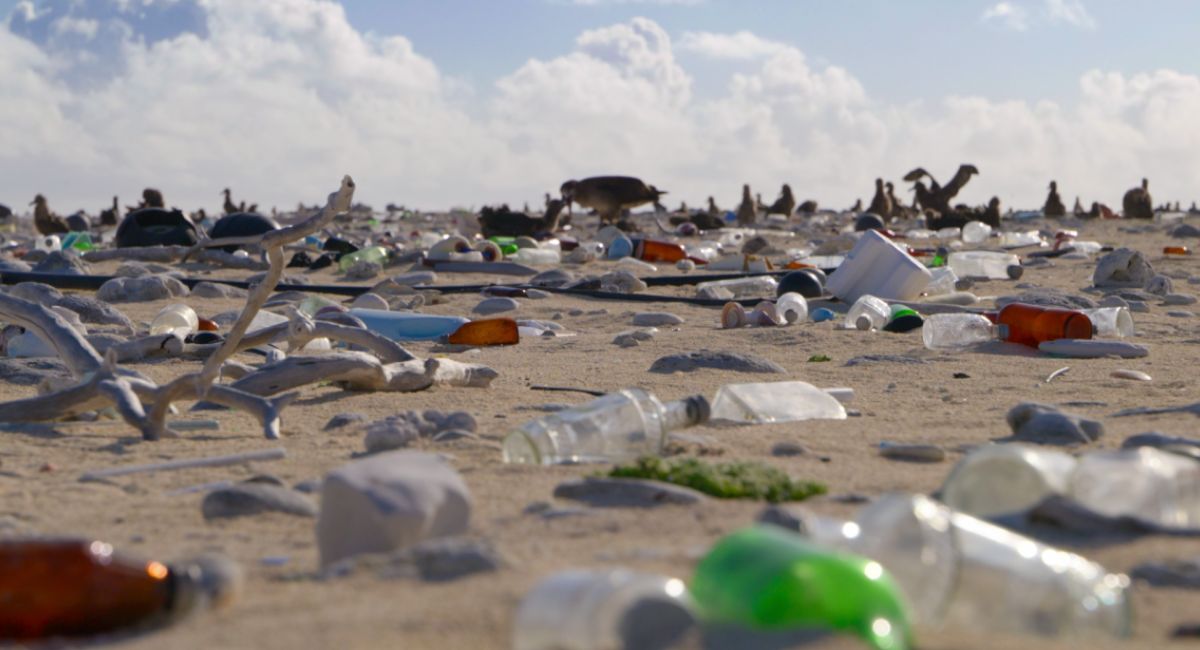
‘Our Planet II’ premieres June 14th on Netflix.
MF: Finally, are you able to discuss concerning the significance of the environmental message of this season?
HC: The environmental message was crucial to us, and we sort of baked it into the sequence. In the previous there’s simply been a form of postscript about local weather change or concerning the surroundings. But with this sequence, it was so half and parcel of the story as a result of what we’re speaking about is animals touring big distances and the challenges are immense. The pure challenges are immense. You’ve obtained climate, predators and so forth. But these animals additionally are actually having to take care of human challenges, whether or not it is ships for whales or fences for pronghorn. So displaying the pure world and its relationship with people was very simple and really clear on this mission. We did not do it the place it wasn’t crucial, however we additionally did not attempt to steer our cameras away from it. Where it was related to the story we confirmed it as a result of we would like individuals to return away understanding that if we would like the integrity of habitats, if we need to have the range that we’ve on this planet, we have to step again and perceive that for therefore many animals, it is about transferring from one place to the opposite. We have to know the place issues are going incorrect as a result of sure migratory animals, the populations have plummeted. We within the United Kingdom rely on all the migratory birds and the numbers have gone down by 70% in some instances. So it’s important to perceive the place these challenges are taking place. Is it taking place the place they begin? Are they taking place on the way in which? So we would like individuals to benefit from the spectacle of those tales and the wonders of the pure world, however we additionally need individuals to know that animals cannot take a few of the challenges which can be occurring in the meanwhile.
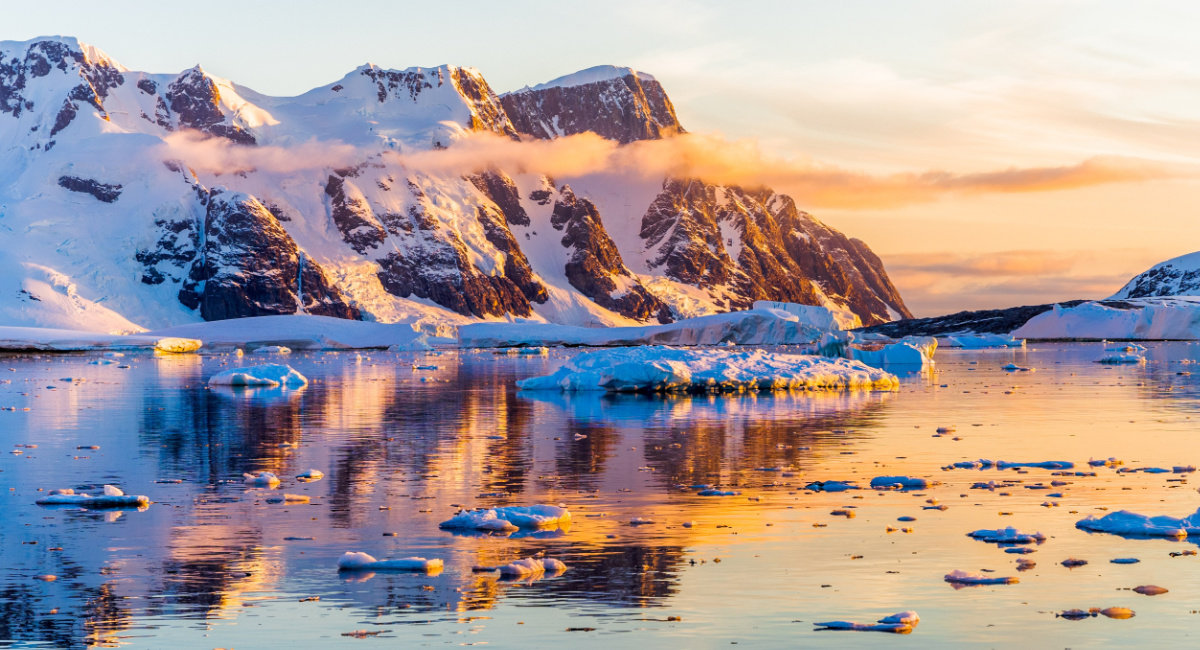
‘Our Planet II’ premieres June 14th on Netflix. Photo: John Haskew/Netflix © 2023.
Similar Movies About Nature:
Buy Nature Movies On Amazon
Content Source: www.moviefone.com

